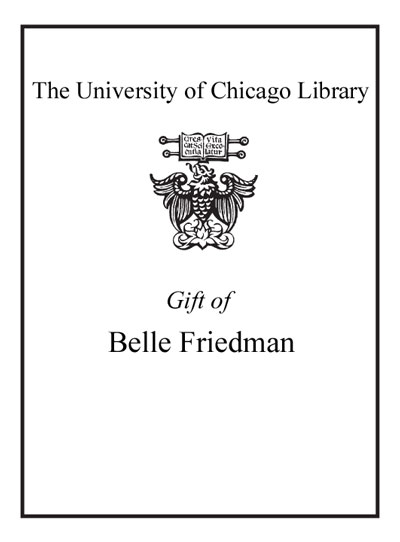Review by Booklist Review
When on January 13, 1968, Johnny Cash, already recognized as a founder of rock and modern country music, performed at the California penitentiary made famous by his Folsom Prison Blues, he took a large step toward superstardom. In this comprehensive look at the gig and the album that came out of it, Streissguth details how much of the song Cash lifted from previous works and how much actual commonality existed between Cash and the prisoners, who constituted a sympathetic but tough audience and lent a boisterous, enthusiastic backdrop to the recording. Streissguth also holds forth on the concert's and the album's implications for Cash's subsequent career and for rock's thereafter renewed relations with country. As an important piece of pop, rock, and country-music historiography and as a fitting remembrance of the late Man in Black, this photo-laden tidbit is essential. --Mike Tribby Copyright 2004 Booklist
From Booklist, Copyright (c) American Library Association. Used with permission.
Review by Publisher's Weekly Review
The most notorious moment on the live 1968 album Johnny Cash at Folsom Prison occurs when the Man in Black growls the killer line from his 1956 hit "Folsom Prison Blues" "I shot a man in Reno just to watch him die" and a convict whoops seemingly in solidarity. Actually, that reaction was added post-production, writes Streissguth: "[W]hat the record buyers heard after Cash uttered the bloody line was pure image-making.... In reality, the crowd had remained enthralled by the first glimpse and words of the black circuit rider before them,saving their clamorous gusts exclusively for its conclusion." In this enlightening if slightly disjointed and occasionally hyperventilating look at Cash's most famous album, Streissguth examines not only the concert's genesis and the subsequent revitalization of Cash's career, but also Folsom's difficult history, Columbia Records' reluctance about the project, and the role of the folk movement and late-'60s underground press in moving Cash's public image beyond the hillbilly clich?s often plastered on country artists. Most compellingly, it presents a fond but unvarnished portrait of Cash, a moralistic, mordantly witty man fighting his own drug-addiction demons, who viewed his prison concerts (he gave more than 30) as a chance to connect with convicts, not preach at them. The myth-making studio tricks, it seems, were superfluous. 100+ photos not seen by PW. Agent, Jim Fitzgerald. (Sept.) (c) Copyright PWxyz, LLC. All rights reserved
(c) Copyright PWxyz, LLC. All rights reserved
Review by Library Journal Review
These books add to the flurry of material on Johnny Cash, who died a year ago on September 12. Streissguth (editor, Ring of Fire) offers the more interesting entry, using the Johnny Cash at Folsom Prison album as a vehicle to analyze Cash's down-home, plebeian image. He starts with "Folsom Prison Blues," which Cash partly borrowed from pop orchestra leader Gordon Jenkins and first recorded for Sun Records in 1955. After broadly describing the singer's initial rise to fame, Streissguth chronicles Cash's prison concerts, which began in 1957 at Huntsville, AL, and continued for the next ten years. He insightfully shows how the confluence of such forces as the demand for prison reform, the rise of country rock, and the 1960s emphasis on the downtrodden led to the success of Folsom Prison and, in turn, the transformation of Cash from a successful country singer to an American icon. Lavishly illustrated with more than 100 photos many by noted music photographer Jim Marshall and peppered with a few reminiscences by Folsom prisoners, the book will attract a general audience as well as Cash fanatics. Songs, on the other hand, provides little new information. After some brief, oft-told biographical facts, Cusic, a country-music authority, discusses and then prints the lyrics of many Cash songs. He divides the lyrics into such broad categories as God, railroads, prisons, wars, soldiers, patriotic odes, people, music, places, growing up country, and outlaws. Though indicating the songwriter's main preoccupations, the book reveals that the lyrics are rather mundane when they have been wrenched from the emotional tension of Cash's music and voice. It will appeal only to the most die-hard fans. Dave Szatmary, Univ. of Washington Lib., Seattle (c) Copyright 2010. Library Journals LLC, a wholly owned subsidiary of Media Source, Inc. No redistribution permitted.
(c) Copyright Library Journals LLC, a wholly owned subsidiary of Media Source, Inc. No redistribution permitted.
Review by Booklist Review
Review by Publisher's Weekly Review
Review by Library Journal Review

